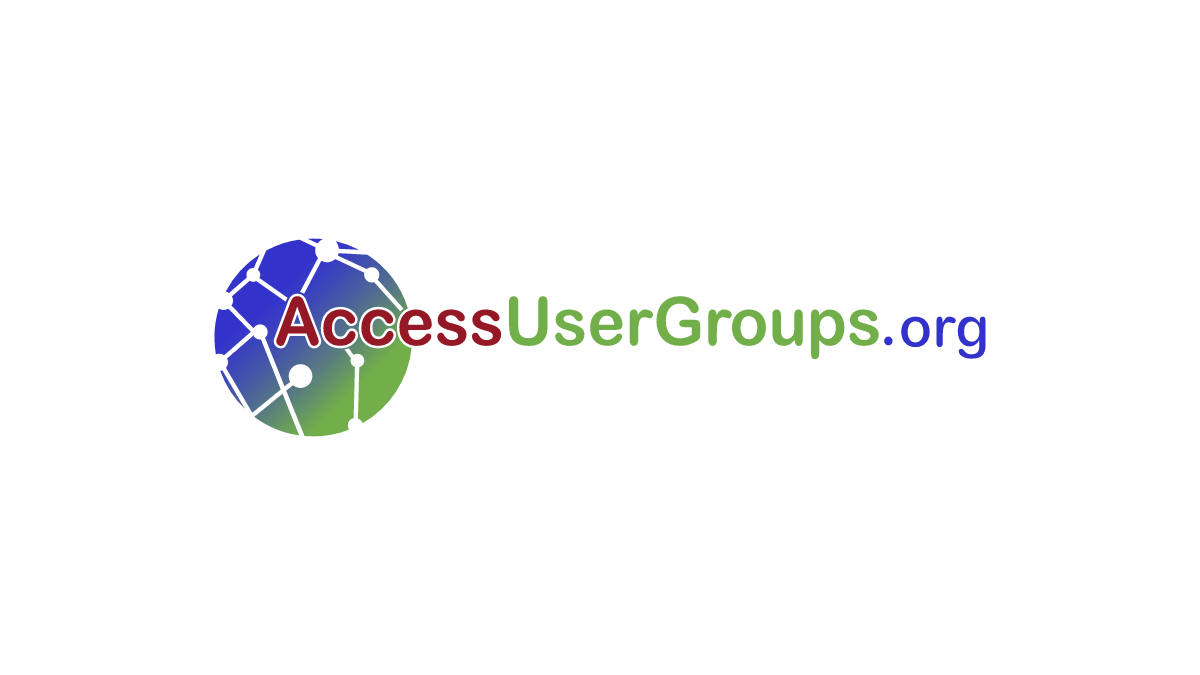i downloaded the migration assistant for access but it is for Access 8.23. I only wish to use sql server 2008 however the downloaded assistant does not point to SqlServer 2008 R2.
Friends i will like to try to work on 3 alternative
1 where can i get a download Migration Assistant that feed to SQLserver 2008, some download link are broken.
2 is there any other way to migrate eg using the SSMStudio or use import.export option (this option did not create the container)
3 I have the -ADV.exe, do you think that it have the appropriate Migration Assistant?
No, SSMA 8.23 only means that it is the 8.23 version of SSMA itself. That's nothing to do with Access versions, only the SSMA app.
It may well be that they no longer support SQL Server 2008 R2. It's been long out of support, IIRC. Perhaps, though, you can try your luck with the lowest version SSMA does support, probably 2012. See if that can work anyway.
You guys are confusing with me references to "containers". What does that mean in the context of a SQL Server instance? SQL Azure supports containers as a way to deploy instances of SQL Server, but that's at a different,
and higher, level than databases within a SQL Server instances or tables within a SQL Server database.
What is the -ADV.exe supposed to be? That's another new term for me.

